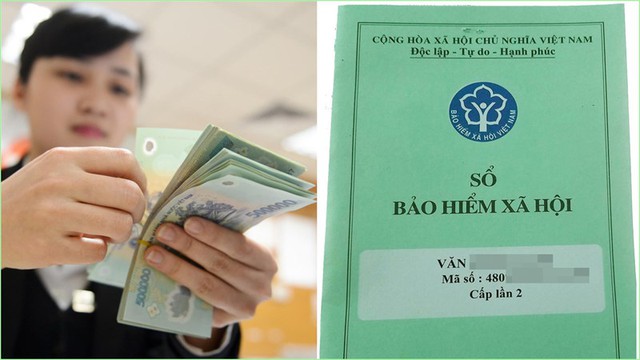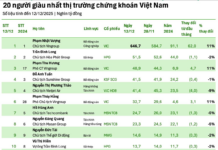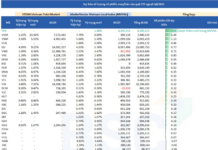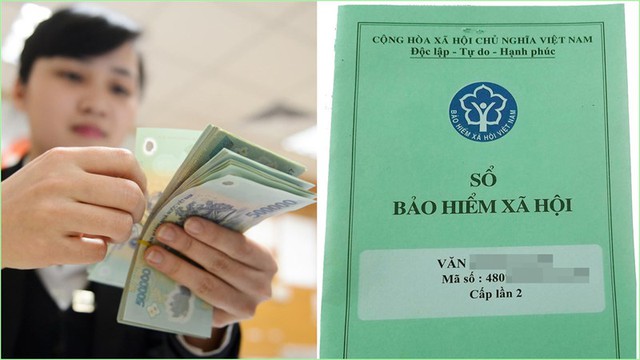
Vietnam’s Social Insurance Law: Understanding Retirement Benefits and Payment Methods
According to Article 56 of the 2014 Social Insurance Law, from January 1, 2018, the monthly retirement pension for eligible employees is calculated as 45% of the average monthly income based on social insurance contributions, with corresponding adjustments for the number of years of social insurance contributions as follows:
a) For male employees retiring in 2018, the required number of years is 16; in 2019, it is 17 years; in 2020, it is 18 years; in 2021, it is 19 years; and from 2022 onwards, it is 20 years.
b) For female employees retiring from 2018 onwards, the required number of years is 15.
For each additional year of service beyond the above requirements, employees as specified in points a and b will receive an additional 2% increase in their pension, up to a maximum of 75% of their monthly income based on social insurance contributions.
As per Articles 56 and 74 of the 2014 Social Insurance Law, the retirement pension for employees is determined using the following general formula:
Monthly retirement pension = Pension ratio x Average monthly income based on social insurance contributions
The average monthly income based on social insurance contributions (for those participating in compulsory social insurance) or the average monthly income based on voluntary social insurance contributions (for those participating in voluntary social insurance) will depend on the employee’s monthly income and will be multiplied by the corresponding price fluctuation coefficient.
Point b, c of Clause 2, Article 7 of Decree No. 115/2015/ND-CP and Point b, c of Clause 2, Article 3 of Decree No. 134/2015/ND-CP provide guidance on calculating the pension ratio for employees.
Accordingly, for female employees retiring from January 1, 2018 onwards, the monthly pension ratio is calculated as 45% corresponding to 15 years of social insurance contributions. For each additional year of social insurance contributions, there is an increase of 2%, up to a maximum of 75%.
Thus, for a female employee retiring in 2024, if she has contributed to social insurance for 30 years, she will receive a pension with a ratio of 75% of her monthly income based on social insurance contributions.
Regarding male employees, from 2022 onwards, the monthly pension ratio is calculated as 45% corresponding to 20 years of social insurance contributions. For each additional year of social insurance contributions, there is an increase of 2%, up to a maximum of 75%.
Therefore, for a male employee retiring in 2024, if he has contributed to social insurance for 30 years, he will receive a pension with a ratio of 65% of his monthly income based on social insurance contributions.
Is it mandatory for everyone to receive their retirement pension through a bank account from September 1, 2024?
Recently, the Vietnam Social Security (VSS) has been focusing on promoting the method of payment through personal bank accounts to ensure the rights and benefits of the beneficiaries, in addition to other payment methods such as cash payments, payments through employers, and home visits for the elderly or infirm.
From August 1, 2024, the social insurance agency has been directly transferring monthly retirement pensions and social insurance allowances to the personal bank accounts of beneficiaries in 43 provinces and cities.
The VSS also announced that from September 1, 2024, this method of payment through personal bank accounts will be implemented in the remaining 20 provinces.
Based on the provisions of Article 18, Clause 3 of the 2014 Social Insurance Law, and Articles 93 and 114 of the 2024 Social Insurance Law (effective from July 1, 2025), there are three methods for employees participating in compulsory social insurance to receive their retirement pension:
– Through the beneficiary’s bank account
– Directly from the social insurance agency or an authorized service organization
– Through the employer
Therefore, receiving the retirement pension through a bank account is not mandatory for pensioners, but from September 1, 2024, the remaining 20 provinces will implement the payment of pensions through bank accounts in addition to the direct payment method from the social insurance agency or through the employer.
Fixing the flaws in calculating pension benefits
The length of time participating in social insurance is long, but the level of benefits is not proportional, which makes the pension not attractive to workers.













































